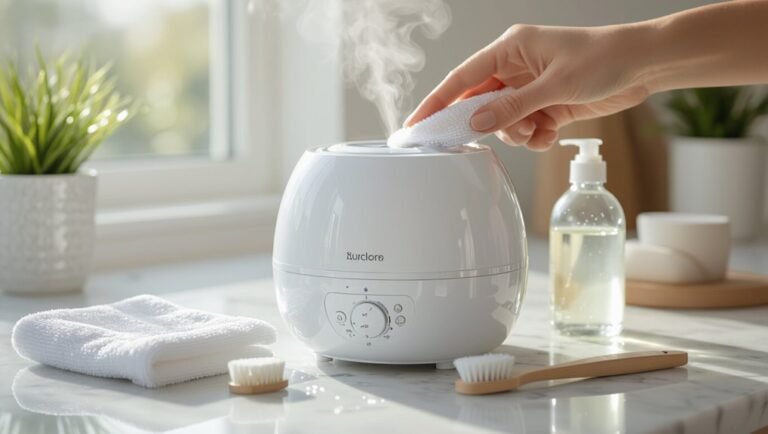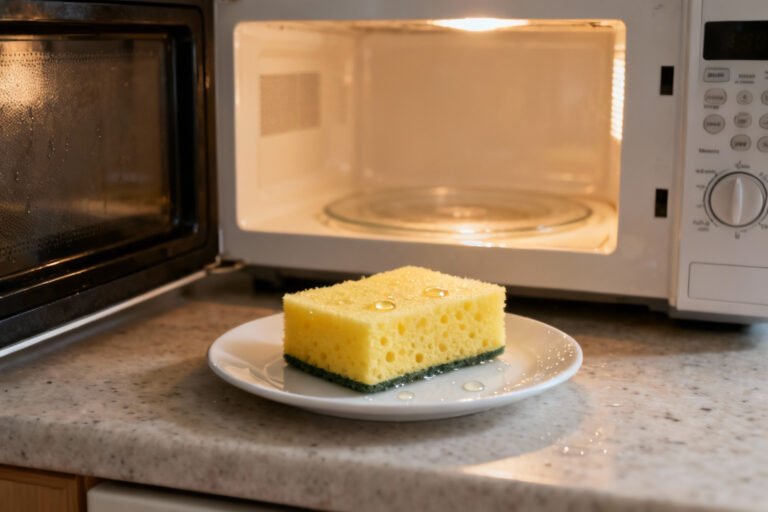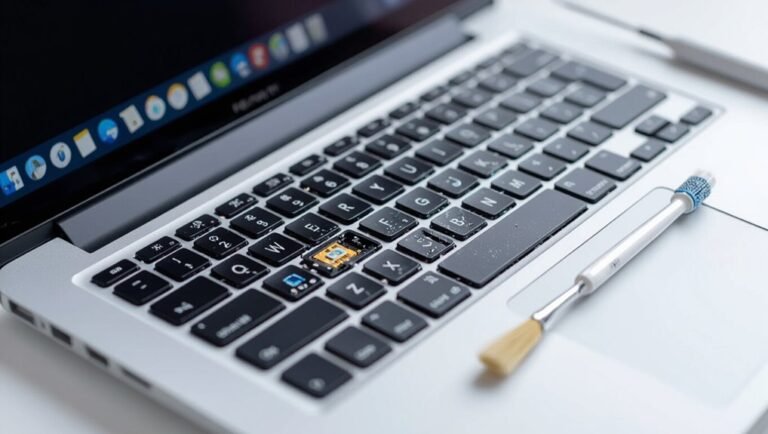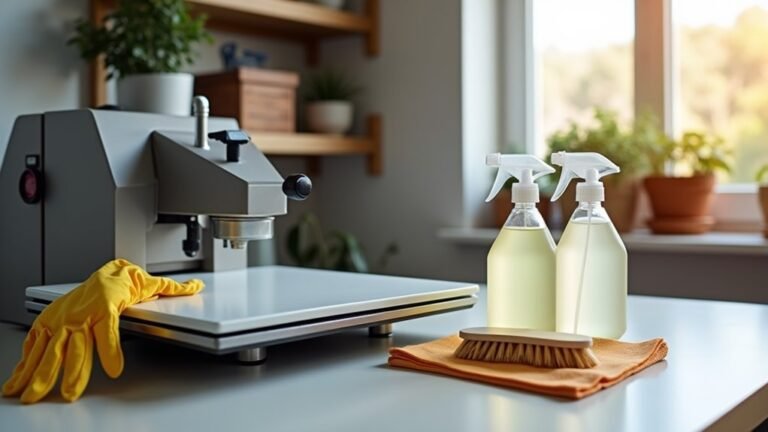Those annoying dark spots showing up in your photos can make anyone feel frustrated. Don't worry – a dirty camera sensor isn't the end of the world, and cleaning it isn't as scary as you might think. Before spending money at a repair shop or thinking about buying a new camera, you can learn to take care of your camera's sensor at home.
Some of the links in this article may be affiliate links. If you make a purchase through these links, we may earn a small commission at no extra cost to you. Thank you.
According to photography expert Dan Havlik at Digital Camera World, "The most important thing to remember when cleaning your camera's sensor is to be gentle and patient. It's better to make several careful cleaning attempts than to rush and potentially damage your equipment."
Rather than seeing those spots as a big problem, think of sensor cleaning as basic camera care – just like wiping your lens or charging your battery. With the right tools and by taking your time, you can keep your camera working great and your photos looking clean and clear.
Sensor Dust Affects Image Quality

Camera sensors are highly sensitive to dust and debris, which can greatly impact the quality of your photos.
When dust particles settle on your camera sensor, they create noticeable dark spots in images, especially at higher f-stops.
You'll see these blemishes most clearly against uniform backgrounds like clear skies.
To maintain image clarity and sharpness, we recommend you clean your sensor regularly.
Let's explore the essential steps and precautions for cleaning your camera sensor, a task that requires careful attention to detail and the right tools.
When cleaning your sensor, we'll focus on both the necessary actions to take and the vital mistakes to avoid, ensuring you can maintain your camera's performance without causing damage.
We'll walk through a step-by-step process that'll help you clean your sensor safely, from initial inspection to final testing.
Things to Do When Cleaning a Camera Sensor
Cleaning a camera sensor is a delicate process that requires careful attention to detail and the right tools to achieve ideal results. The sensor, being one of the most sensitive components of a digital camera, must be handled with extreme care to prevent permanent damage that could compromise image quality or require costly professional repairs.
- Power off camera completely – Essential first step to prevent electrical damage and accidental shutter activation
- Set up clean workspace – Choose dust-free area with good lighting and stable surface
- Activate cleaning mode – Raises mirror to access sensor and locks it in position
- Use rocket blower first – Removes loose particles without making contact with sensor
- Inspect cleaning swab – Verify it matches sensor size and is free from defects
- Apply cleaning solution – Add 1-2 drops of approved cleaning fluid to swab tip
- Clean in single stroke – Move swab gently from left to right in one continuous motion
- Use fresh swab side – Flip swab to clean opposite direction, avoiding recontamination
- Perform test shot – Take photo of plain surface at small aperture to check results
- Repeat if necessary – Continue process until all dust and smudges are removed
Things to Avoid When Cleaning a Camera Sensor
Cleaning a camera sensor is a delicate process that requires careful attention to avoid potentially costly damage to your equipment.
While it may be tempting to use common household cleaning methods or take shortcuts, improper cleaning techniques can lead to permanent sensor damage, degraded image quality, or complete camera failure.
- Compressed air cans – Contains moisture and harmful propellants that can leave residue or damage sensor components
- Cotton swabs or generic cleaning tools – Can leave behind lint and create microscopic scratches on the sensor surface
- Cleaning while camera is powered on – Risks electrical damage and accidental setting changes during the cleaning process
- Non-specialized cleaning liquids – May contain harsh chemicals that can erode or leave stubborn residue on the sensor
- DIY cleaning solutions – Homemade mixtures can contain unknown elements that react badly with sensor coating
- Excessive pressure during cleaning – Can damage the delicate sensor surface or its surrounding components
- Ignoring manufacturer guidelines – Each camera model has specific maintenance requirements that should be strictly followed
- Rushing the cleaning process – Quick, careless cleaning attempts increase the risk of accidents and sensor damage
Steps
Cleaning a camera sensor is a delicate process that requires careful attention to detail and the right tools to avoid damaging this sensitive component.
While professional cleaning services are available, photographers can safely clean their camera sensors at home by following proper techniques and using appropriate cleaning materials like rocket blowers, sensor swabs, and specialized cleaning fluid.
Step 1: Turn off camera and verify battery is fully charged
Step 2: Activate sensor cleaning mode if available
Step 3: Hold camera facing downward and use rocket blower to remove loose dust
Step 4: Check for remaining stubborn spots
Step 5: Apply sensor cleaning fluid to appropriate-sized swab
Step 6: Swipe sensor gently in one direction with wet side of swab
Step 7: Use dry side of swab to return to starting point
Step 8: Take test shots at f/16 or f/22 of plain surface
Step 9: Inspect test shots for remaining dust spots
Step 10: Repeat cleaning process if necessary
Final Thoughts
While maintaining your camera's sensor requires patience and attention to detail, the results are well worth the effort to assure consistently clean, professional images.
Remember to clean your camera's sensor in a dust-free environment, using a proper sensor cleaning kit and technique.
When in doubt, we recommend seeking professional help to protect your valuable equipment and achieve peak results.

Keeping your camera's sensor clean is an essential part of maintaining image quality and protecting your investment. While sensor cleaning may seem intimidating at first, following proper techniques and using the right tools makes it a manageable task.
Start with the least invasive methods like using a blower, and only progress to wet cleaning when necessary. Regular sensor checks will help you spot potential issues early, preventing more complex cleaning challenges down the road.
When maintaining your sensor, start simple and escalate cleaning methods only as needed. Prevention through regular checks beats remediation every time.
Don't let fear of sensor cleaning hold you back from maintaining your equipment. With patience, proper tools, and careful attention to detail, you can keep your sensor spotless and your images crisp.
Take control of your camera's maintenance today – your photography will be better for it.






